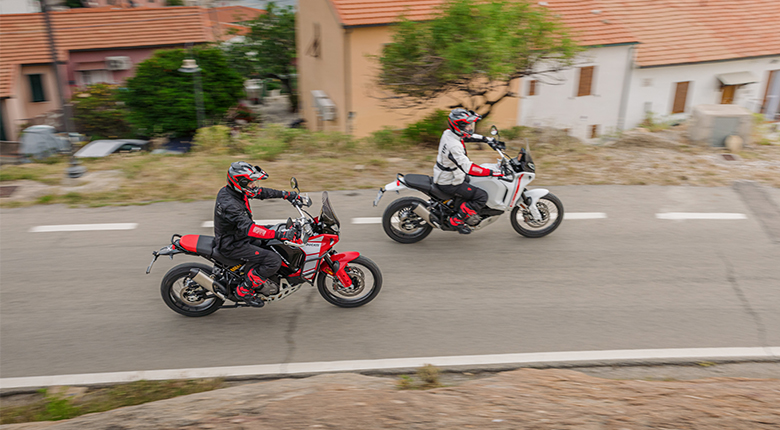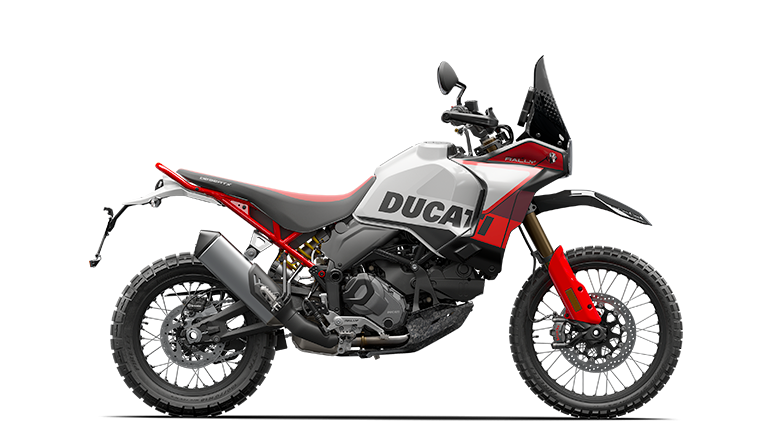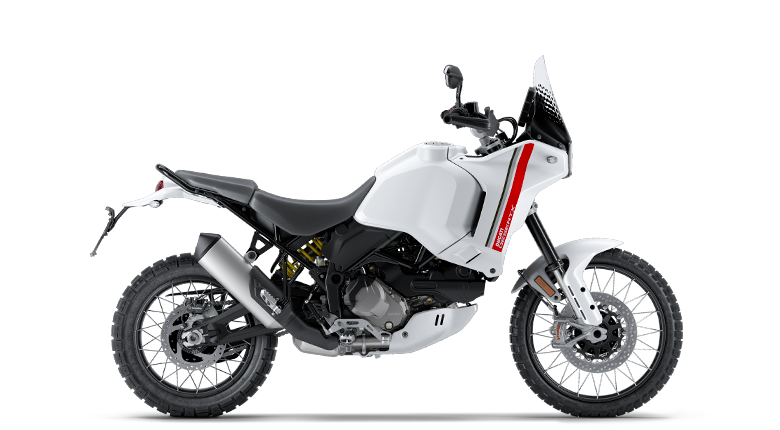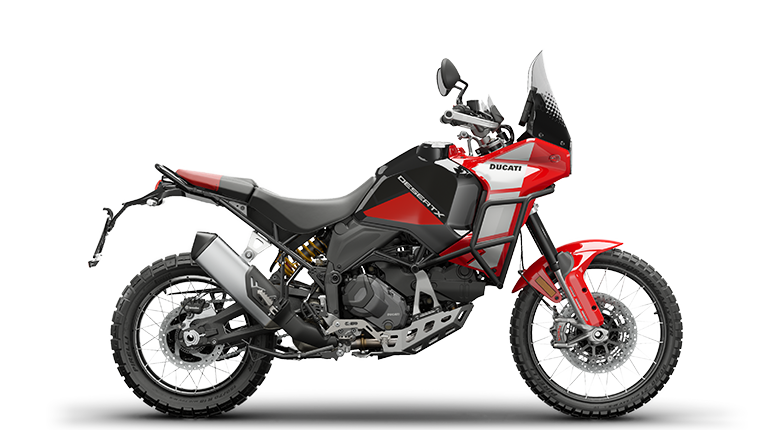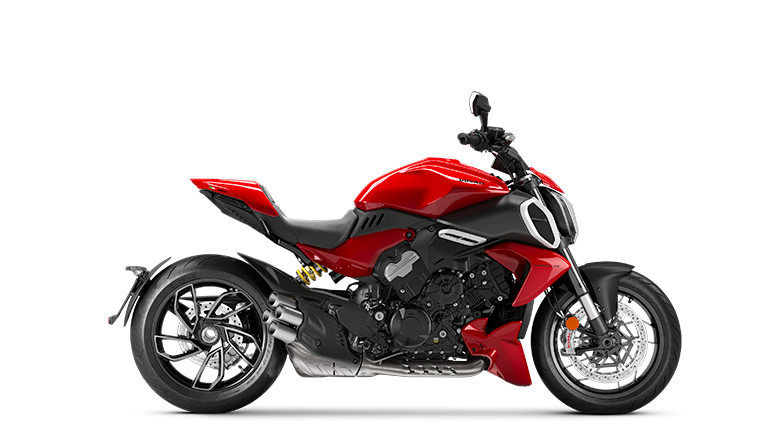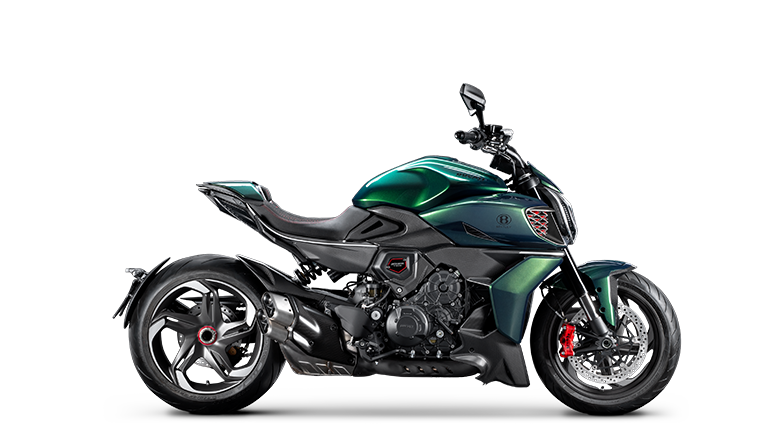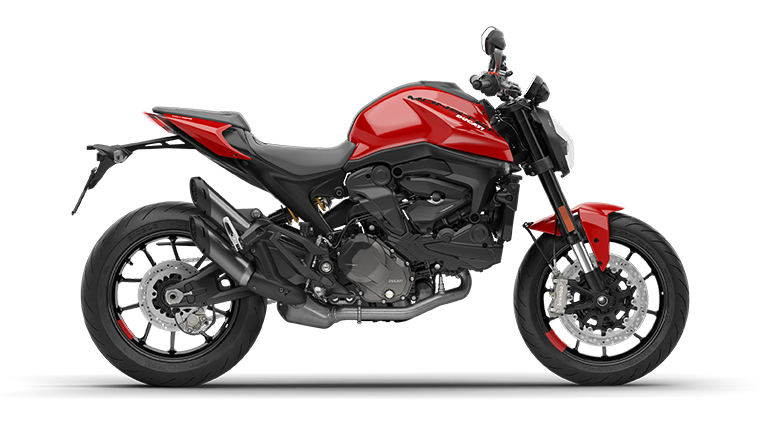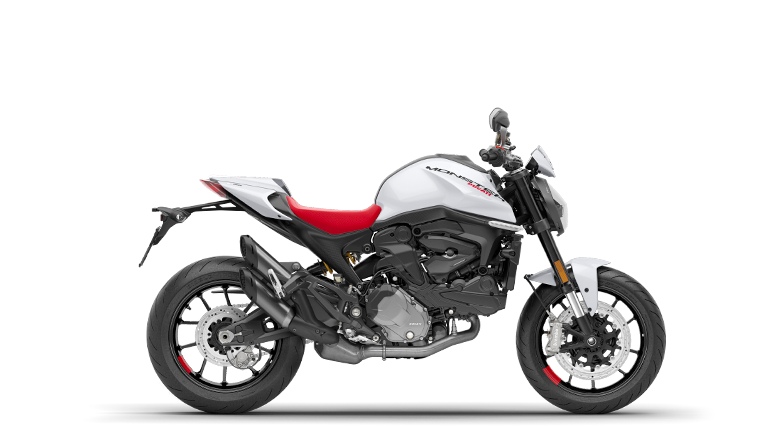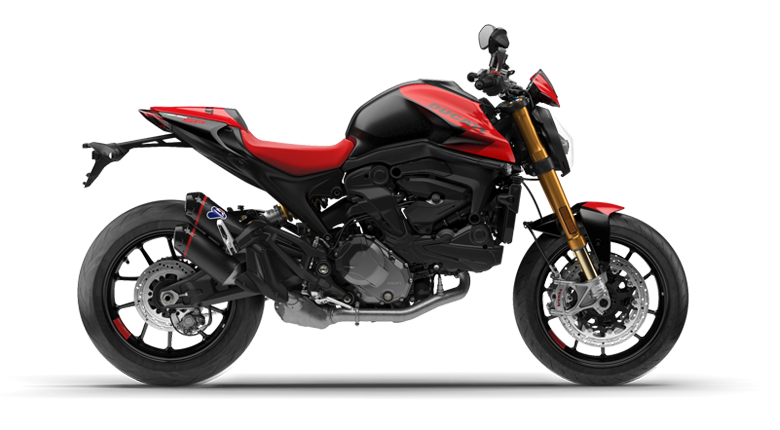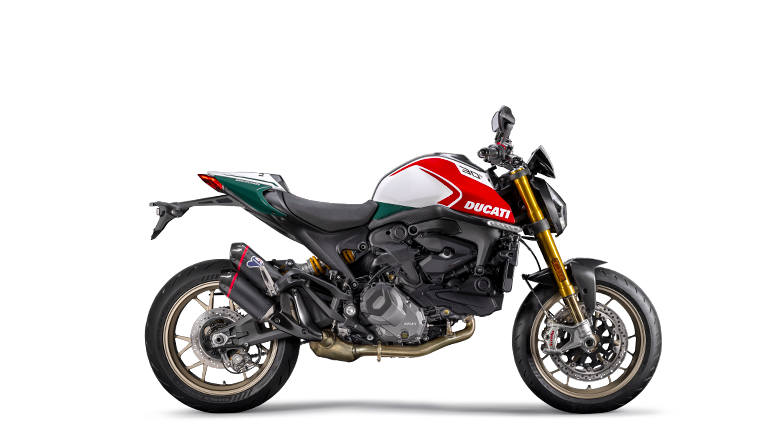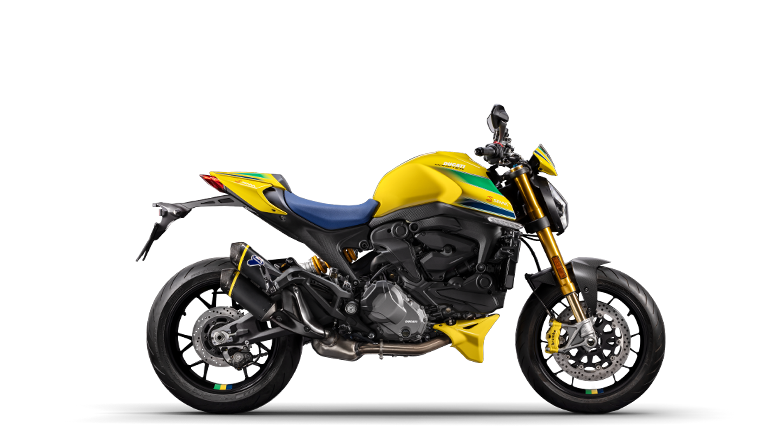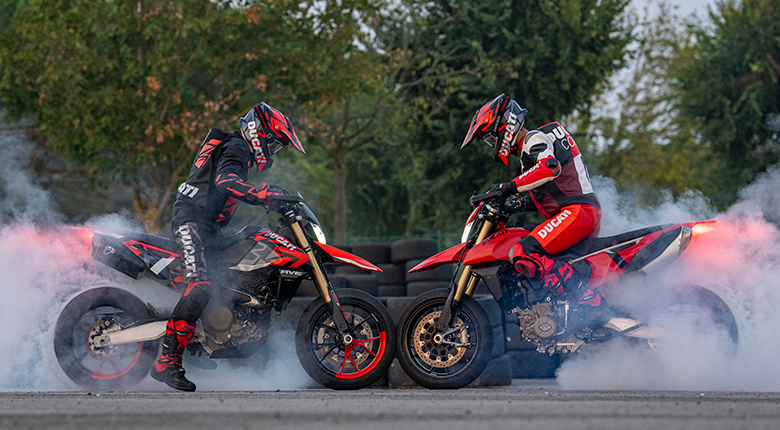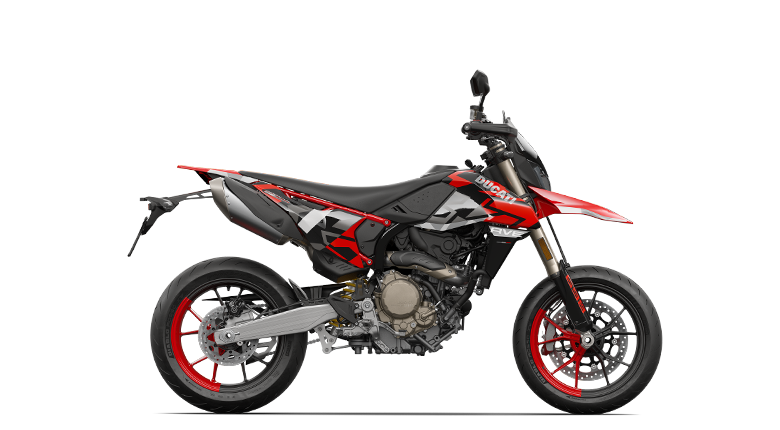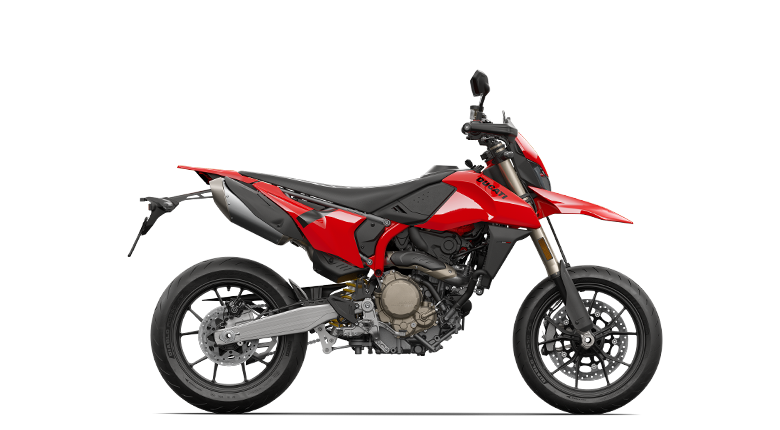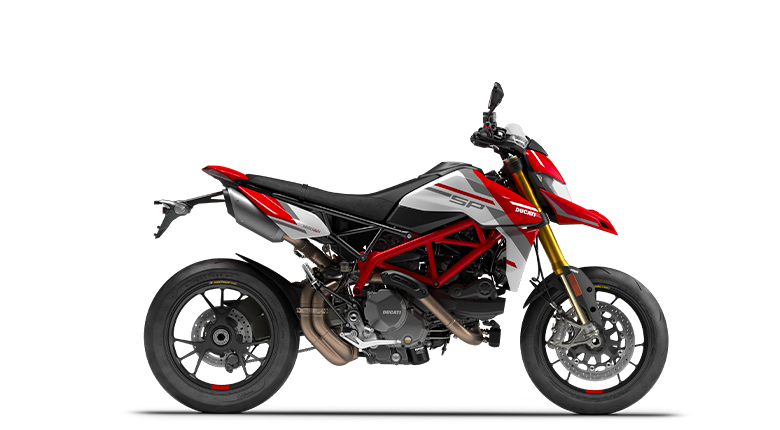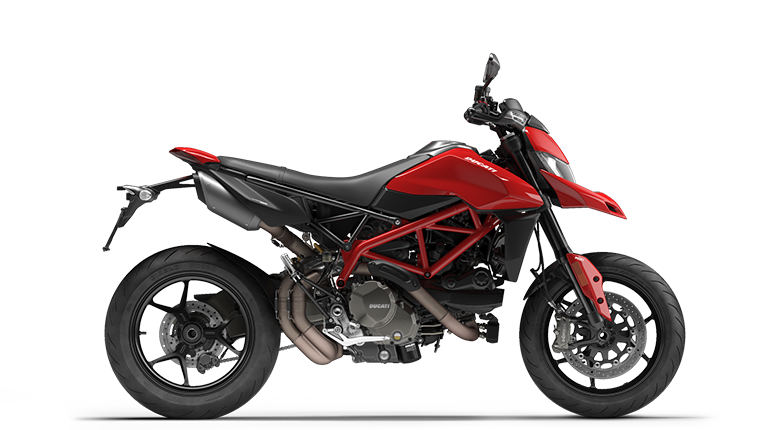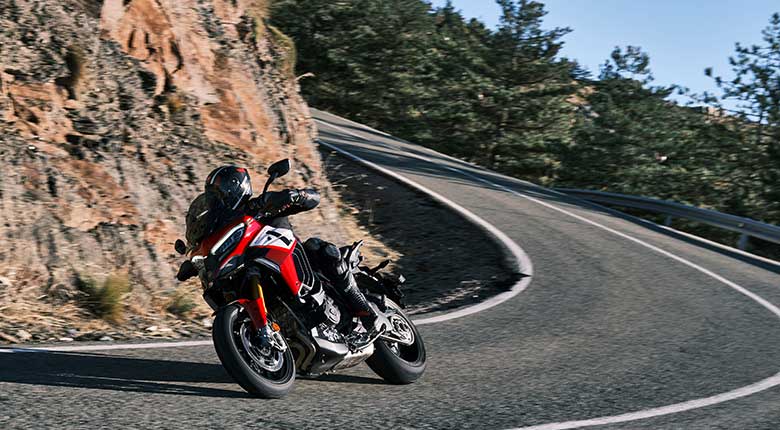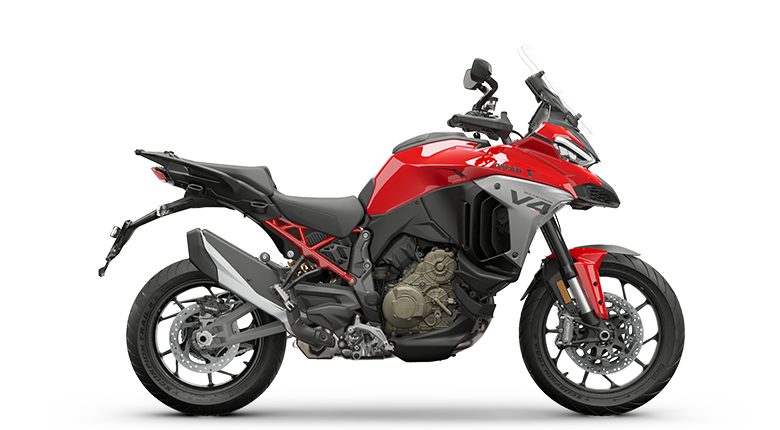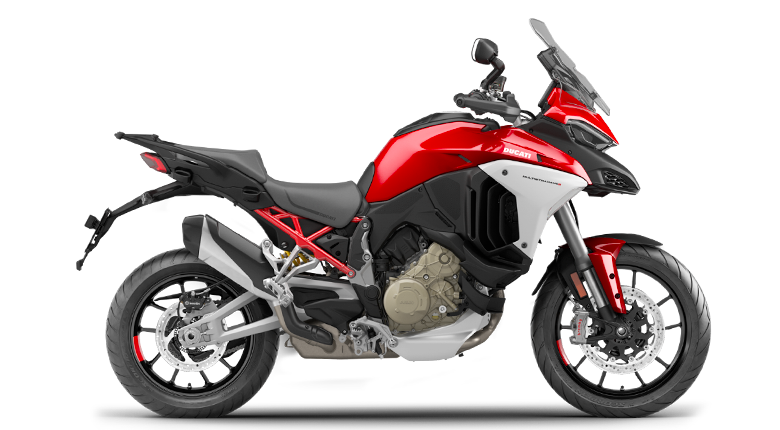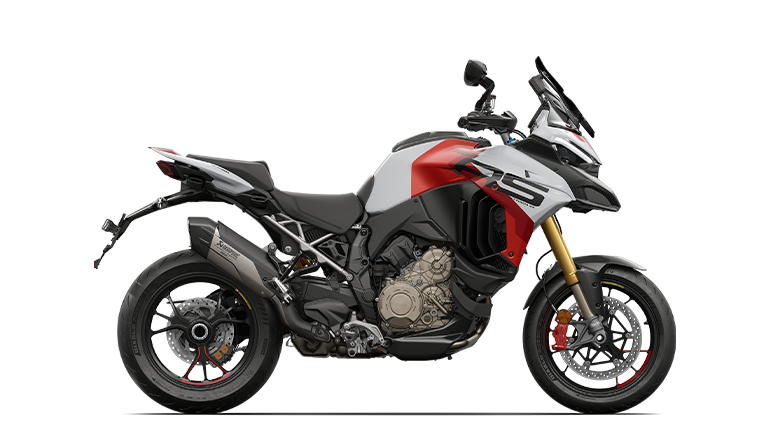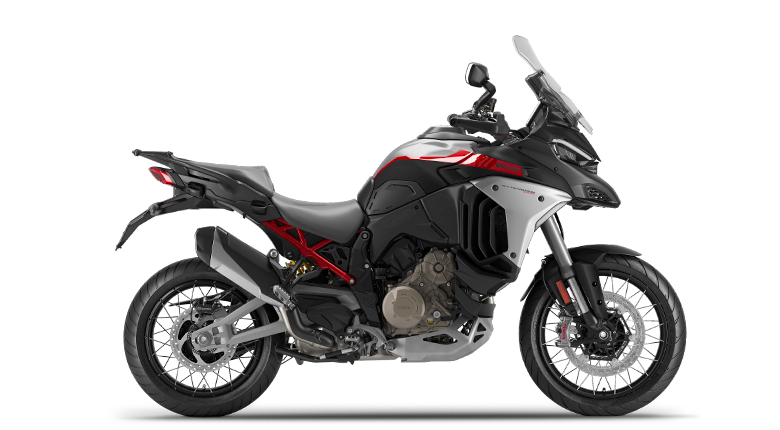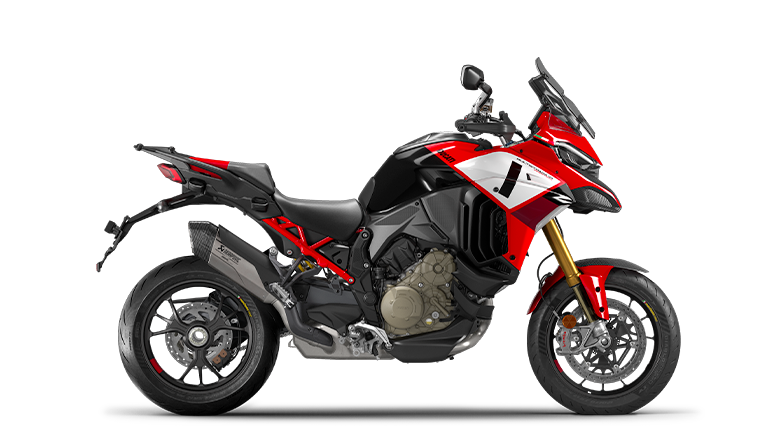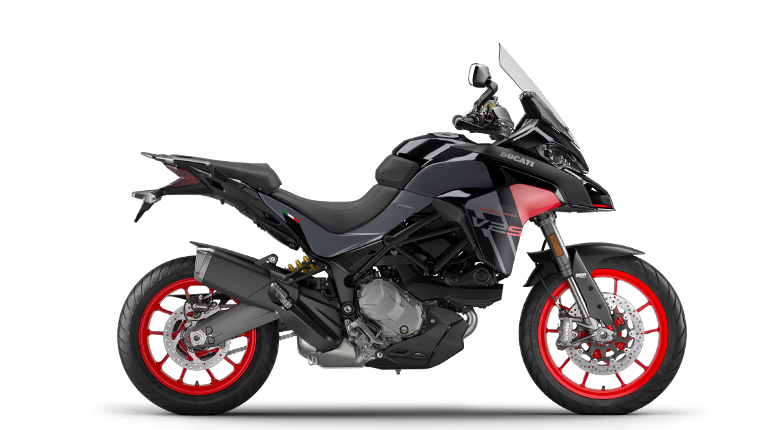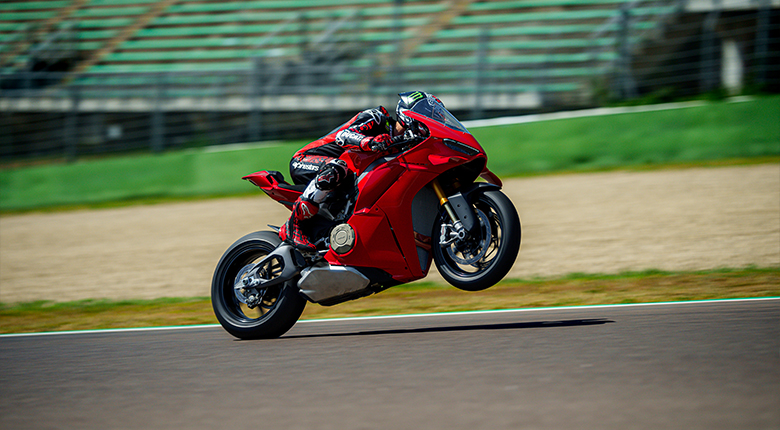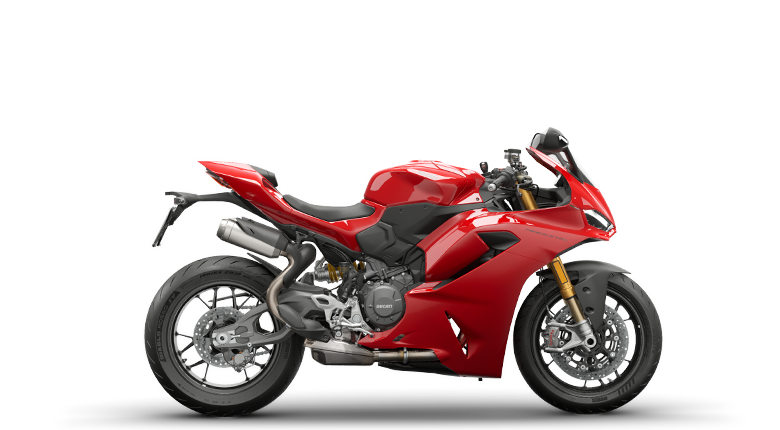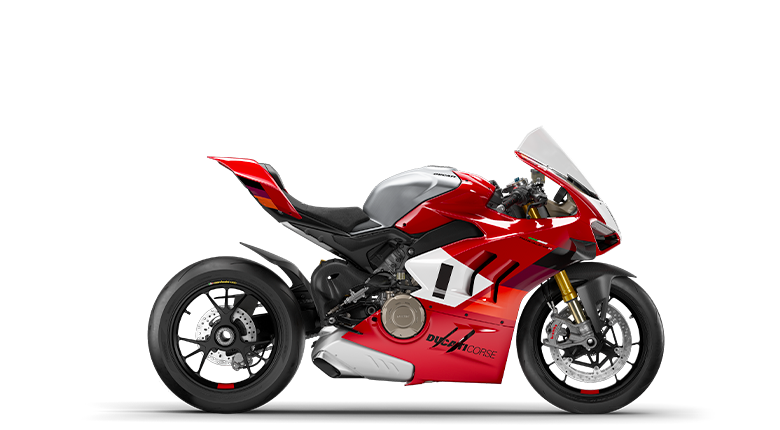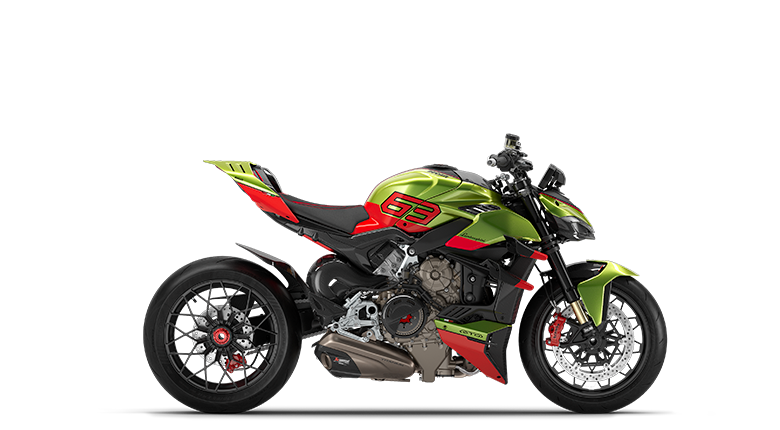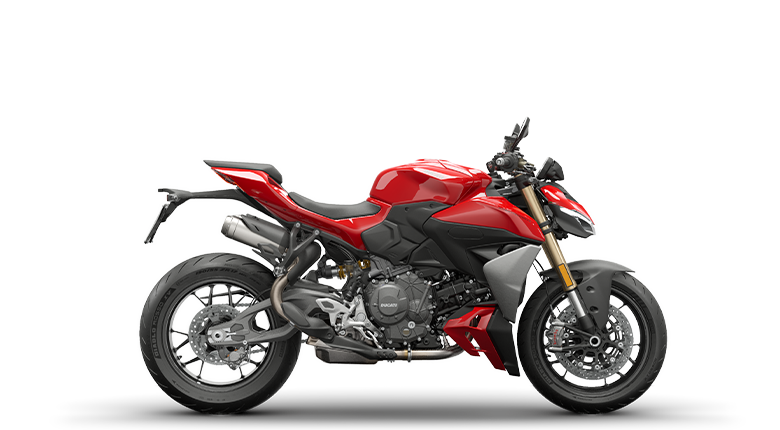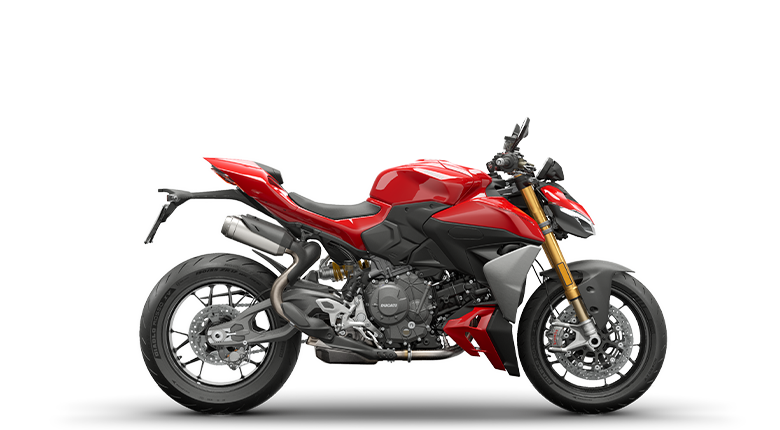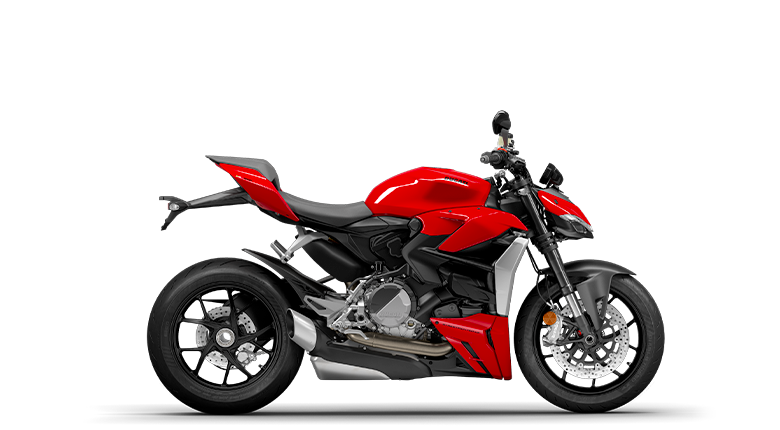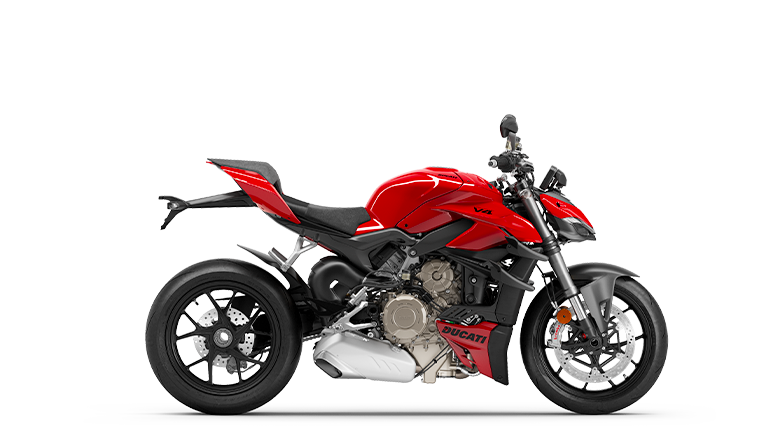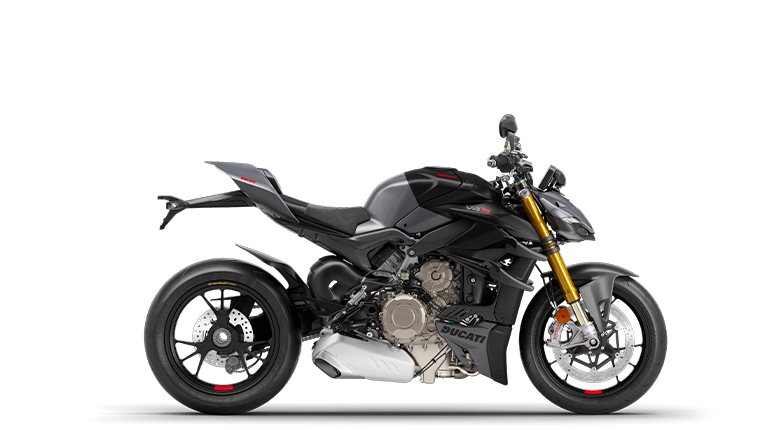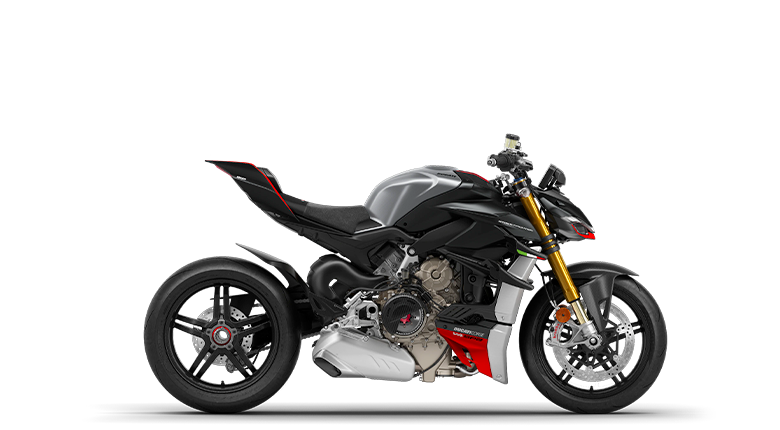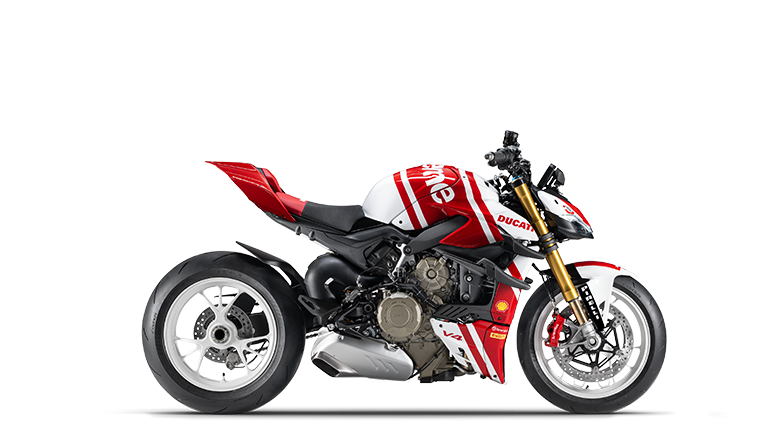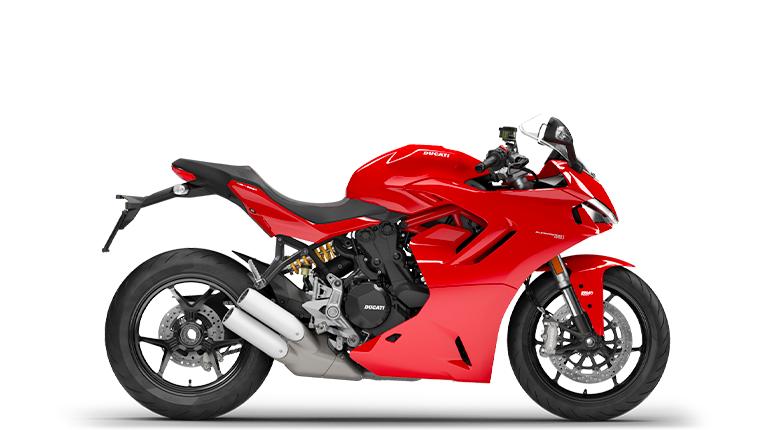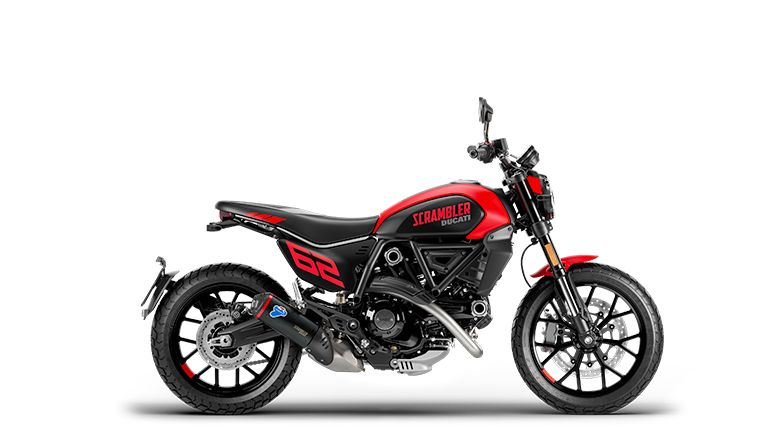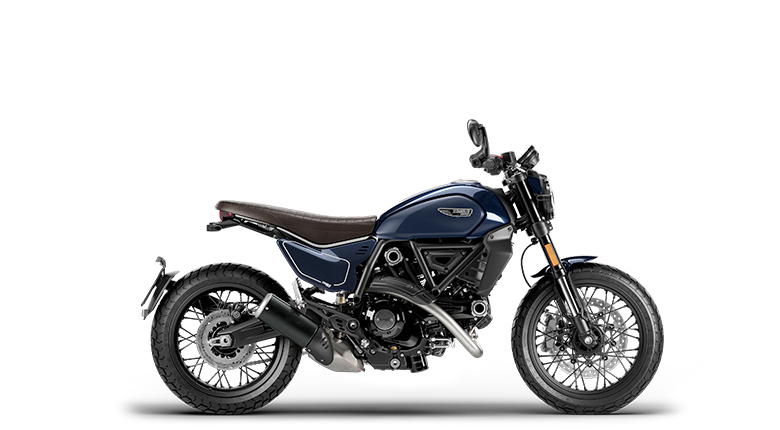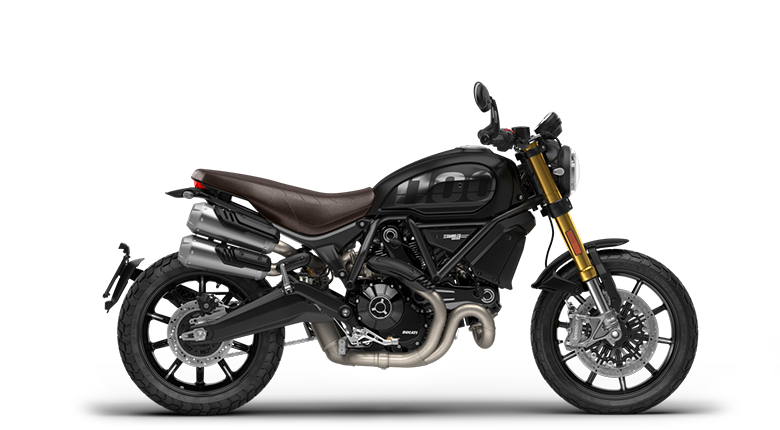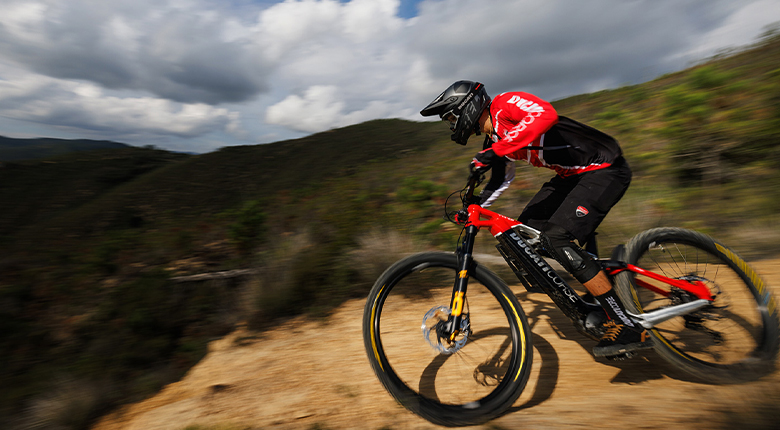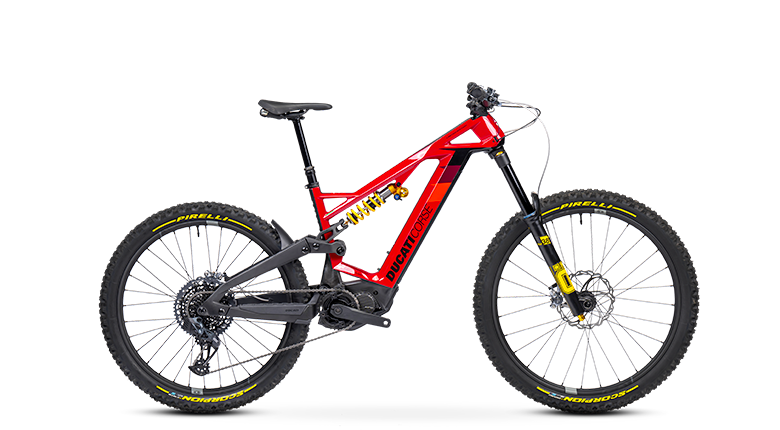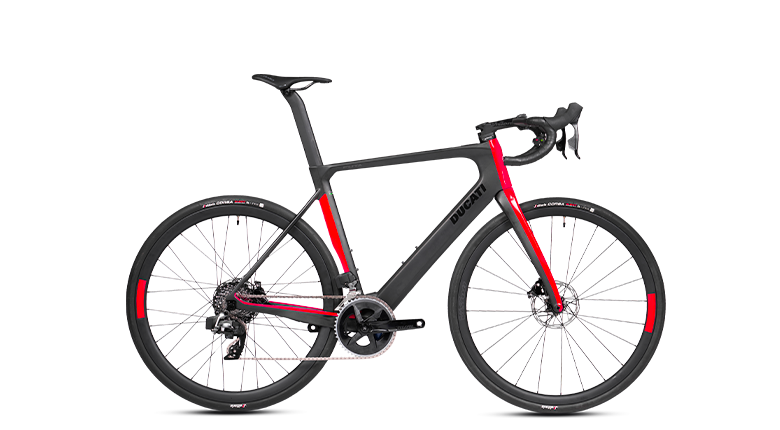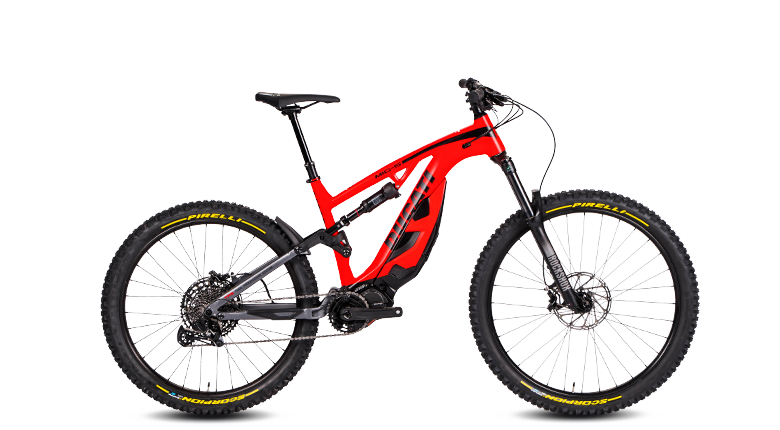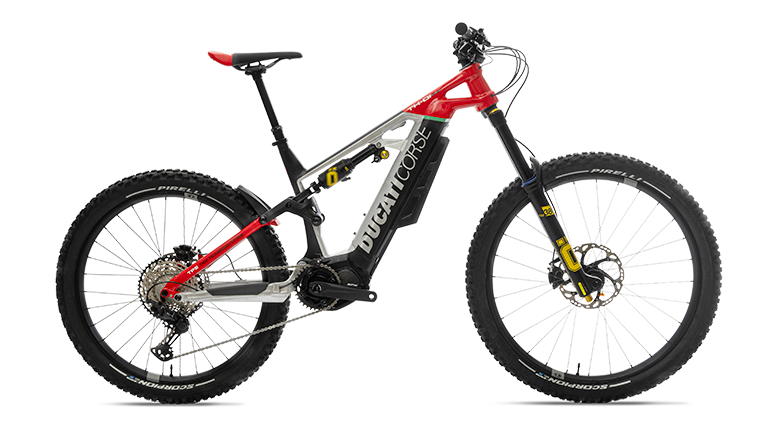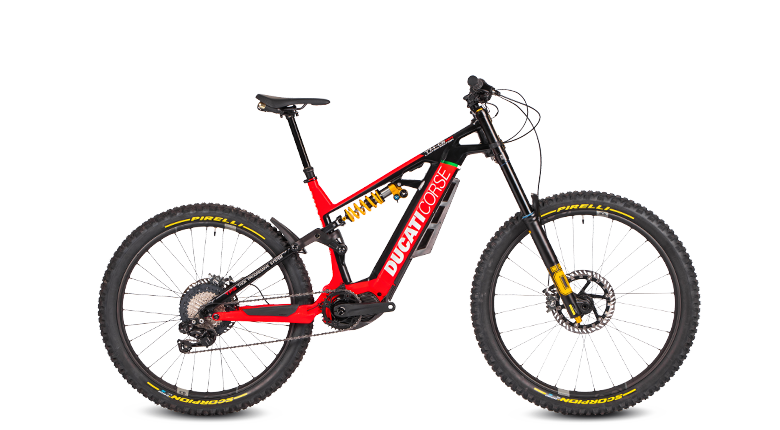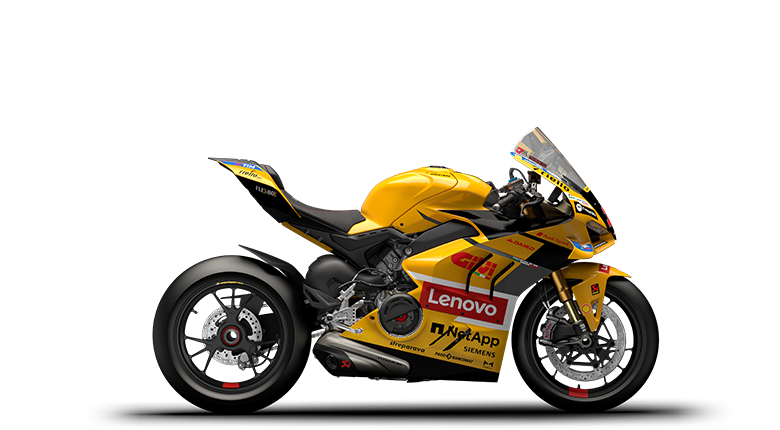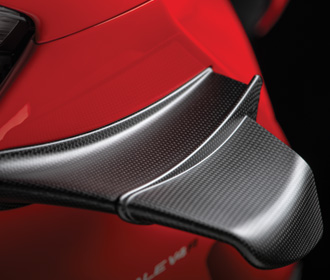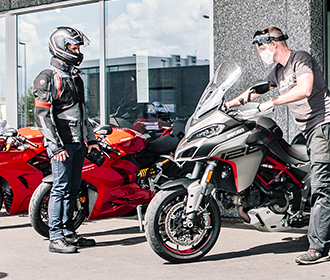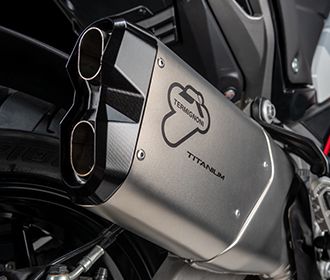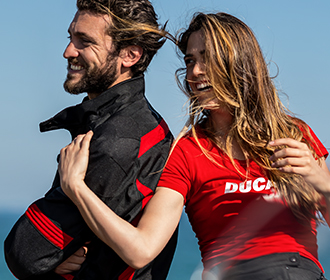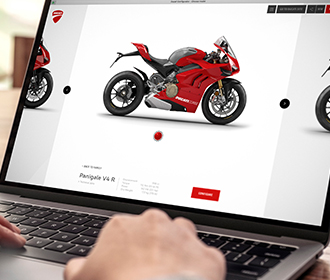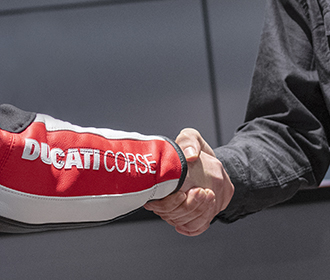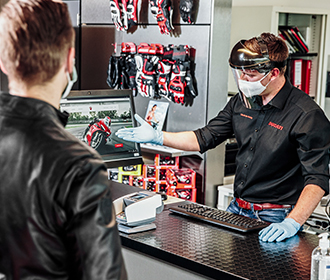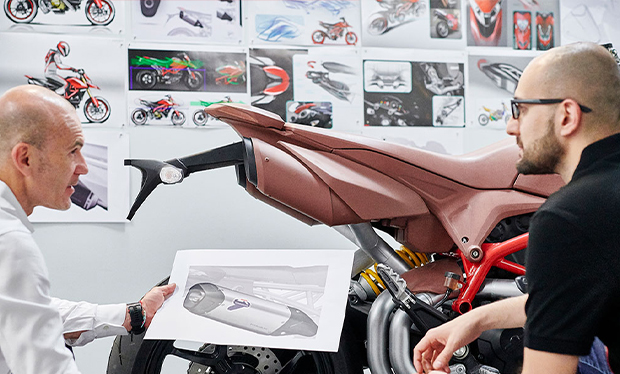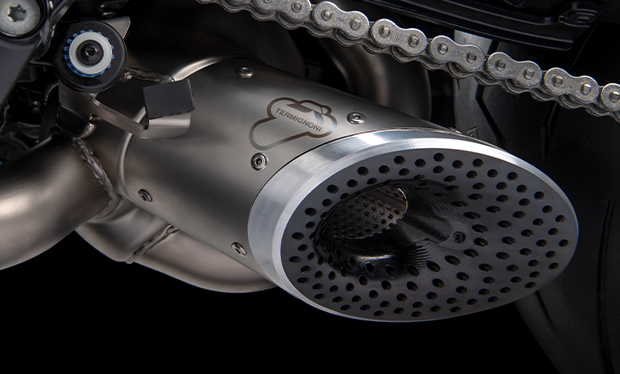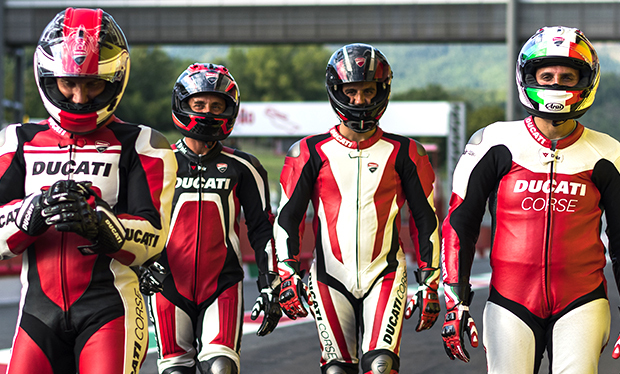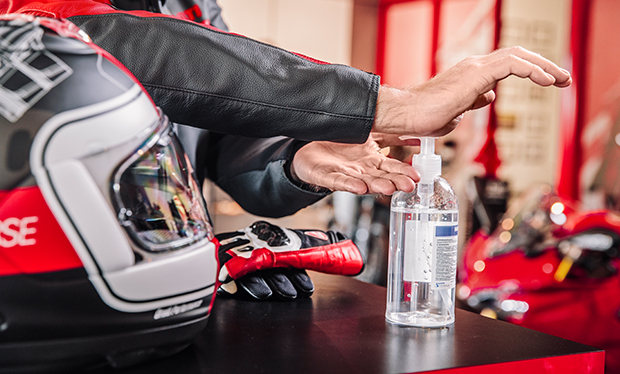- Models
- Configure your bike
- News
- Current Offers
- Racing
- Dealer Locator
- DWP 2025
-
Models
-
DesertX
![]()
-
Diavel
![]()
- Diavel V4
- Diavel For Bentley
Diavel -
Monster
![]()
-
XDiavel
![]()
- new XDiavel V4
XDiavel -
Hypermotard
![]()
- Overview
- 698 Mono RVE
- 698 Mono
- 950 SP
- 950
Hypermotard -
Multistrada
![]()
- Overview
- new V2
- new V2 S
- new V4
- V4 S
- new V4 RS
-
V4 Rally
![]() Multistrada V4 Rally
Multistrada V4 Rally- 170 hp Power
- 89.2 lb-ft Torque
- 525 lb Wet Weight (No Fuel)
Starting From $30,595 i - V4 Pikes Peak
-
V2 S MY24
![]() Multistrada V2 S MY24
Multistrada V2 S MY24- 113 hp Power
- 71 lb-ft Torque
- 485 lb Wet Weight (No Fuel)
Starting from $19,295 i - new V4 Pikes Peak MY25
Multistrada -
Panigale
![]()
-
Streetfighter
![]()
-
V4 Lamborghini
![]() Streetfighter V4 Lamborghini
Streetfighter V4 Lamborghini- 208 hp Power
- 90.4 lb-ft Torque
- 421 lb Wet Weight (No Fuel)
MSRP Starting From $68,000 i - new V4
- new V4 S
- new V2
- new V2 S
- V2 MY24
- V4 MY24
-
V4 S MY24
![]() Streetfighter V4 S MY24
Streetfighter V4 S MY24- 208 hp Power
- 90.4 lb-ft Torque
- 425 lb Wet Weight (No Fuel)
MSRP From $27,795 i - Streetfighter V4 SP2
- new V4 SUPREME®
Streetfighter -
V4 Lamborghini
-
SuperSport
![]()
-
![]()
-
Desmo450 MX
![]()
-
new
Desmo450 MX
![]() Desmo450 MX
Desmo450 MX- 63.5 hp @ 9,400 rpm Power
- 39.5 lb-ft @ 7,500 rpm Torque
- 231 lb Wet Weight (No Fuel)
$11,495 i
Desmo450 MX -
new
Desmo450 MX
-
E-BIKE
![]()
-
Limited Series
![]()
- new Panigale V4 Lamborghini
-
new
V4 Tricolore Italia
![]() Panigale V4 Tricolore ItaliaAn unforgettable day. To be re-lived forever.
Panigale V4 Tricolore ItaliaAn unforgettable day. To be re-lived forever.- 209 hp Power
- 89.5 lb-ft @ 11,250 rpm Torque
- 414 lb Wet Weight (No Fuel)
$85,000 i - new V4 Tricolore
- Ducati Speciale
- Ducati Unica
Limited Series
-
- Equipment
- Current Offers
- DWP 2026
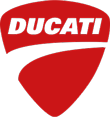
Bikes
DesertX
Diavel
Hypermotard
Streetfighter
Multistrada
Panigale
Off-Road
Supersport
E-BIKES
Equipment
Accessories
Racing
MotoGP
Superbike
OFF-ROAD
MotoE
Ducati World
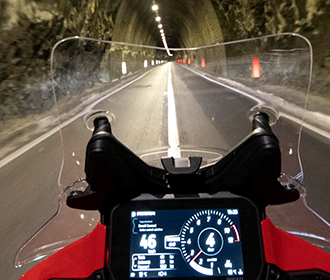
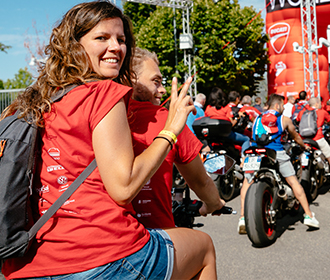
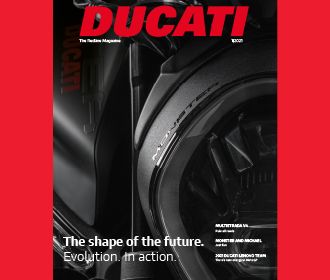
Events
Ducati Academy
Press Reviews
Travel With Ducati
Ducati Stories
News

News
Read the latest news stories to find out what is happening in the world of Ducati

DOC
Imagine enjoying new experiences, exploring breath-taking landscapes, participating in exclusive events. Join the Ducati family! Become a D.O.C. member!

Ducati Redline Magazine
A selection of the most exclusive content from the Ducati Redline Magazine. Download read the stories here!
Service and Maintenance
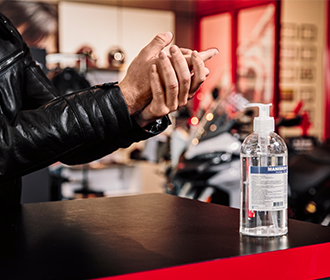
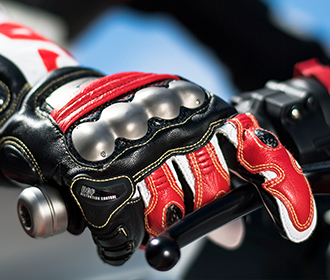

Maintenance
Connectivity
Dealer Network

Dealer Locator
Find you nearest Ducati dealership by using the Ducati Dealer Locator

Ducati Financial Services
From traditional financing to our exclusive Ducati Premier Financing, Ducati Financial Services offers a wide range of options and flexible terms.

Multistrada V4 Video Tutorials
Learn how to operate the features of the Multistrada V4 through these video tutorials
Corporate
Design
Corporate Social Responsibility
Partners
Fondazione Ducati
Borgo Panigale
Models
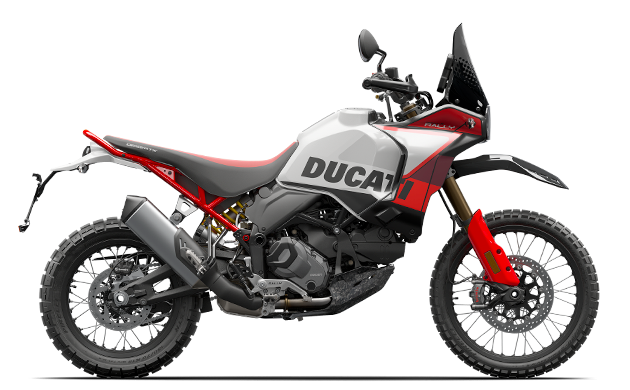
DesertX
New
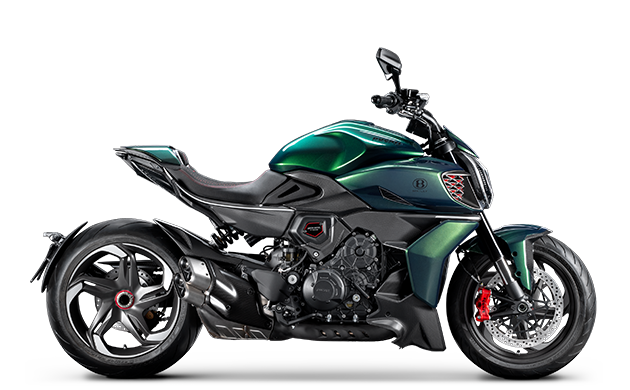
Diavel
New
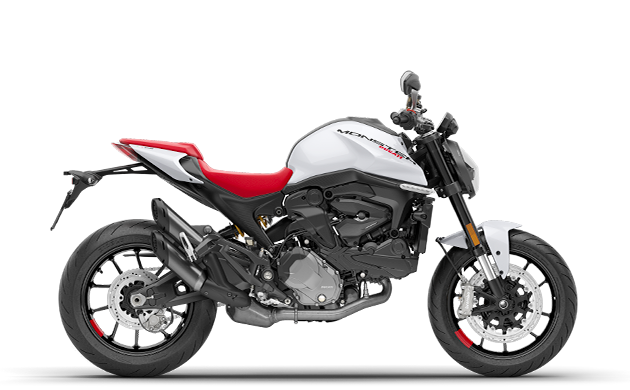
Monster
New
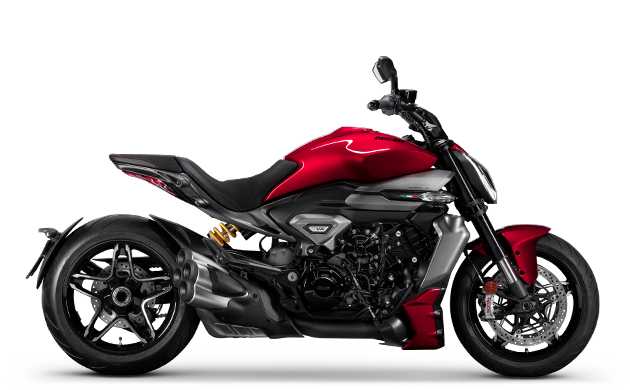
XDiavel
New
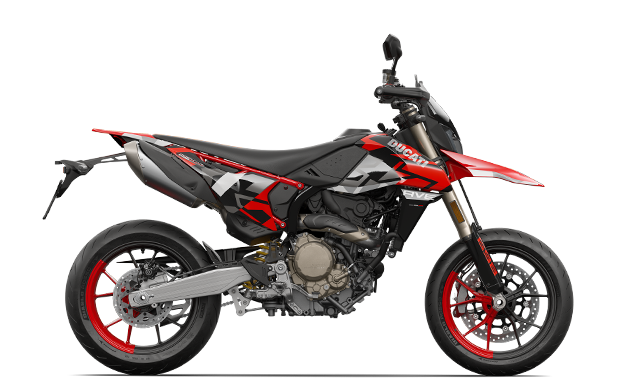
Hypermotard

Multistrada
New
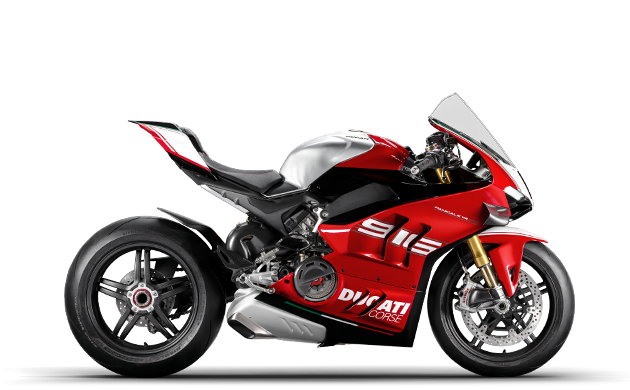
Panigale
New
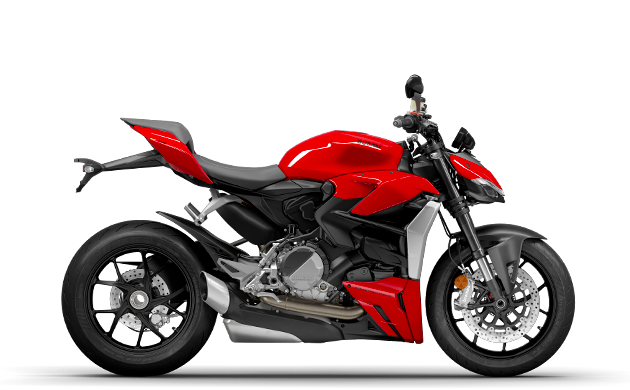
Streetfighter
New
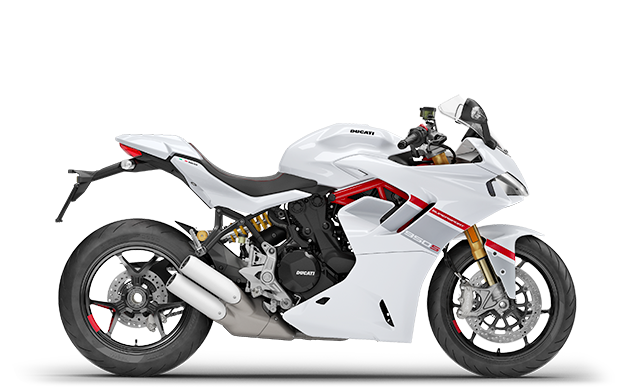
SuperSport
SCRAMBLER

Desmo450 MX
New
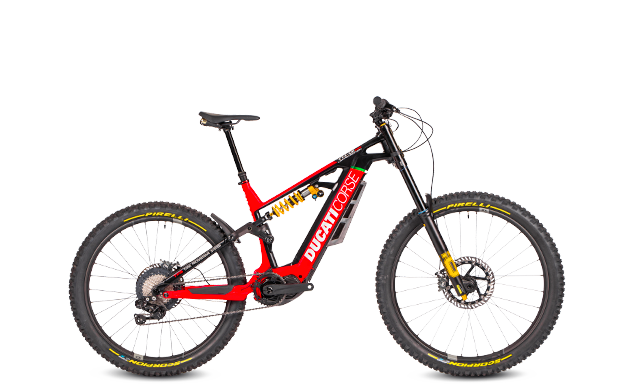
E-BIKE

Limited Series
Racing
- MotoGP
- Superbike
- Off Road
- MotoE
Ducati World
- Events
- Ducati Academy
- Ducati Press Reviews
- Ducati Travel Adventures
- Ducati Stories
- News
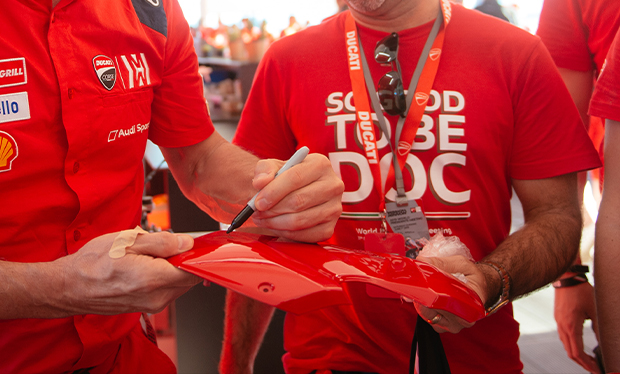
DOC
Imagine enjoying new experiences, exploring breath-taking landscapes, participating in exclusive events. Join the Ducati family! Become a D.O.C. member!
DOC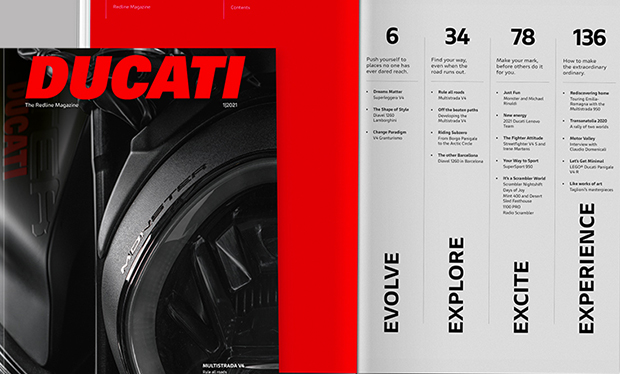
Ducati Redline Magazine
A selection of the most exclusive content from the Ducati Redline Magazine. Download read the stories here!
Ducati Redline Magazine
Equipment
- Accessories
- Apparel
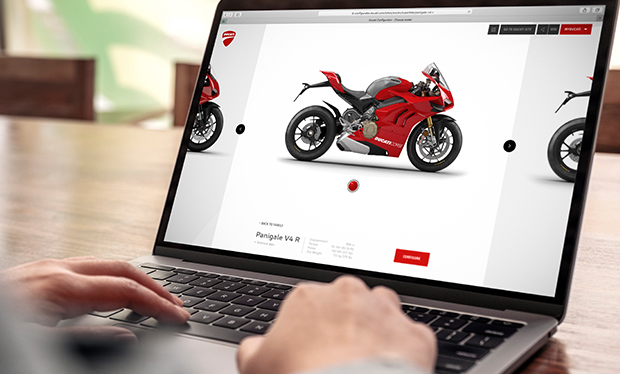
Configurator
Choose the perfect Ducati for you and have fun configuring it according to your riding style.
Configurator
Service and Maintenance
- Services
- Maintenance
- Connectivity
- Dealer Network

Ducati Financial Services
From traditional financing to our exclusive Ducati Premier Financing, Ducati Financial Services offers a wide range of options and flexible terms.
Ducati Financial Services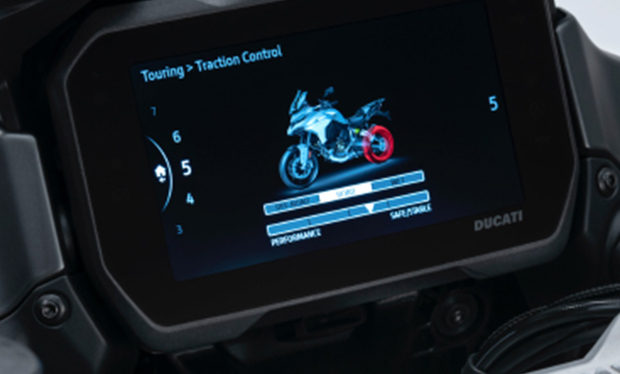
Multistrada V4 Video Tutorials
Learn how to operate the features of the Multistrada V4 through these video tutorials
Multistrada V4 Video Tutorials
Ducati Club
Corporate
- Who We Are
- Product Innovation
- Corporate
- Partners
- Fondazione Ducati
- Borgo Panigale
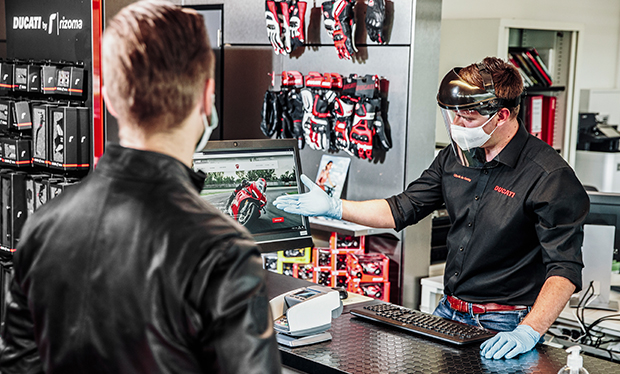
Customer Services
To make it easier for you to find your way around, we have created a list of the most frequently asked questions, divided into subject areas, along with their answers.
Customer ServicesPaul Smart

Born on April 23, 1943 in Eynsfords (Kent), UK, Paul Smart raced with many bikes but it was his legendary victory at the Imola 200 Miles in 1972 that assured his eternal fame with Ducati lovers. Ducati showed its stuff in front of 11 powerful competitors, including: MV Agusta, Honda, Triumph, Norton, BSA, and Moto Guzzi, and other famous riders like Phil Read, Walter Villa, and everybody’s favourite, Giacomo Agostini.
In the 1970s, the Borgo Panigale brand was concentrated on developing their production models and investment in racing was very limited. Smart’s victory was quite unexpected; as talented as he was, no one thought he had a chance against Agostini on his MV Agusta. The bike Smart rode was a touring bike, a Gran Tourismo 750 and the first Ducati to have a desmodromic engine. The Ducati GT 750 had the frame, suspension, engine and breaks of a production model touring bike, while Agostini’s MV Agusta was a 500cc built specifically for racing.
With a small but very professional team to support him, Smart started the Imola 200 Miles with his bike tweaked to perfection. On the fourth lap, the English pilot caught up with Agostini and his MV Agusta.
Surprising the more than 70,000 fans and onlookers, and even his own team, Smart surged ahead and crossed the finish line in 1st place.
To the joy of fans, another Ducati rider, Bruno Spaggiari, followed right behind Smart. Smart and Spaggiari were neck and neck, fighting for 1st place. Smart eventually took the lead as Spaggiari was forced to slow down because of a lack of petrol. This was the first time Ducati achieved such amazing results against Count Domenico Agusta’s powerful bikes.
Before this win, Paul Smart wasn’t a well-known name in European racing. He was more famous in the United States where he raced for the American team Hanson Kawasaki, on Japanese bikes (that were technically unreliable). When Smart joined Ducati to complete their four person team, he was very surprised at the high skills and capacity of Taglioni’s technical team. Seeing their potential, he couldn’t understand why the Bolognese company didn’t invest more time and energy in professional racing.
Although Smart was unaware, the wheels of progress were already turning and the great Imola victory really showed Ducati’s management that successful racing has a significant impact on commercial and financial growth.
Bringing the story back in time to before the great victory, Ducati fought an uphill battle get Smart on the team. Their first step was finding the finances to put a team together. Taglioni was able to convince Ducati’s Director to approve the necessary expenditure. Once the finances were available, the hard part was just beginning… Ducati tried to sign on some well-known riders like Jarno Saarinen, Barry Sheene, and Renzo Pasolini but, in 1972, Ducati wasn’t a big name in the world of large cylinder competitions and these riders weren’t interested. Ducati’s success had been concentrated on races with small single cylinder engines and the riders had a hard time believing that they would have a winning chance in Ducati first return to racing. With little success so far, Spairani tried to enlist a couple of expert, yet lesser-known riders such as the Englishman Alan Dunscombe and veteran racer Bruno Spaggiari. He also tried to contact Smart but could never get through to him. Finally, the Ducati team was able to pass the word to Smart through his companion, Maggie (also Barry Sheene’s sister). Smart was a bit doubtful about the Ducati team but after a bit of negotiation, he signed the contract.
 United States
United States
 DesertX
DesertX  Diavel
Diavel Monster
Monster XDiavel
XDiavel Hypermotard
Hypermotard
 Multistrada
Multistrada Panigale
Panigale Streetfighter
Streetfighter SuperSport
SuperSport
 Desmo450 MX
Desmo450 MX E-BIKE
E-BIKE
 Limited Series
Limited Series
